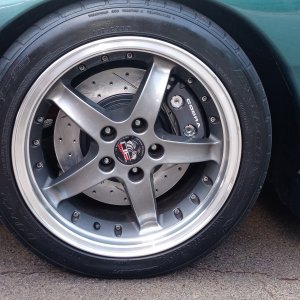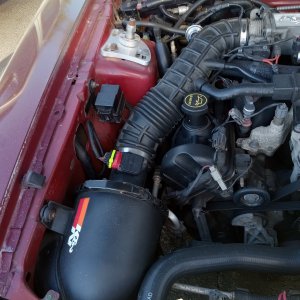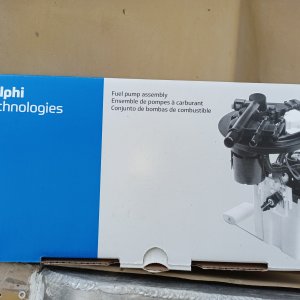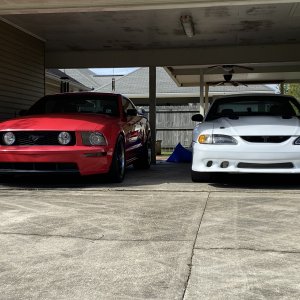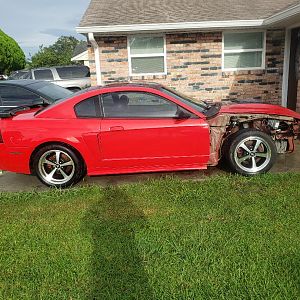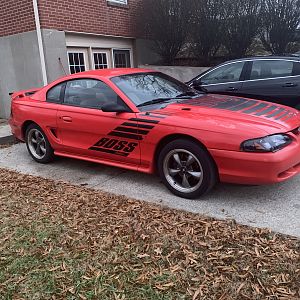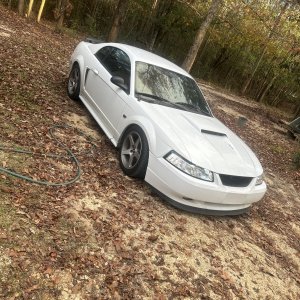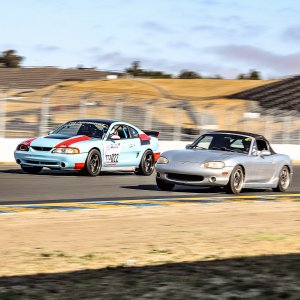ElrodKTPQ_89
Legend
In my case I already had the spindles when I bought my cobra brakes, so after reading about all that I decided to swap them. Plus an inch in bumpsteer makes a big difference. I have pictures in my build I'll have to go back and find that show the difference in tie rod angle between the two spindles. And yes MM does recommend their bolt-thru bumpsteer Kit which I will eventually be upgrading to. I currently have a Steeda kit and at the time didn't have the funds for MM's so I made do with mine til I could afford theirs.

